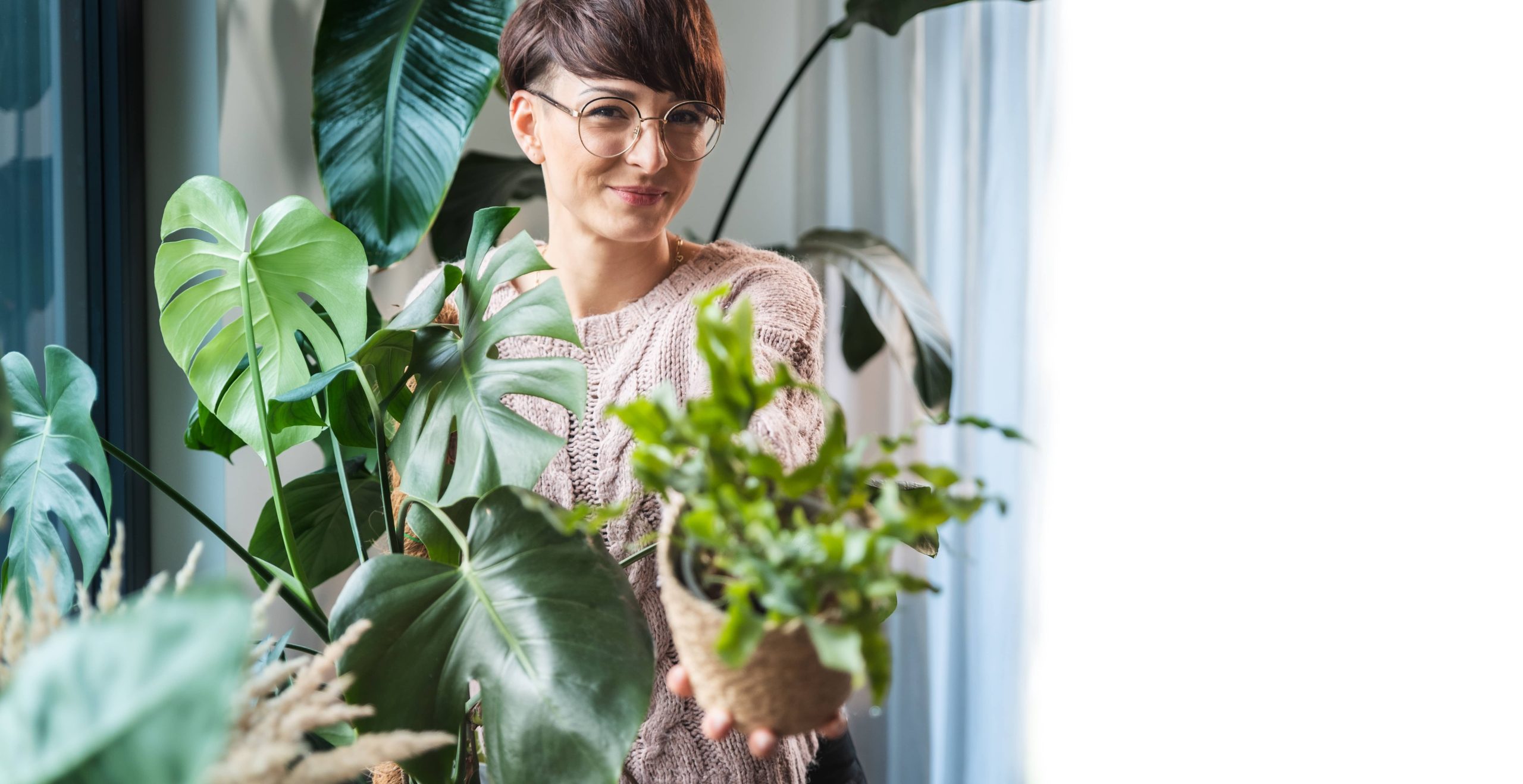
In today’s world, where sustainability and eco-friendliness are more important than ever, finding creative ways to reduce, reuse, and recycle has become both a necessity and a trend. As indoor gardening enthusiasts, we can embrace this ethos by giving old containers a second life as charming vintage plant displays. Not only does this effort add character and history to our indoor gardens, but it also contributes to a greener planet. In this blog post, we’ll explore how to repurpose old containers into delightful plant displays, offering both aesthetic appeal and environmental benefits.
The Beauty of Vintage Displays
Vintage displays have an undeniable charm and character that modern, store-bought planters often lack. They tell a story and bring a sense of nostalgia and authenticity to any space. By repurposing old containers, you have the opportunity to incorporate these elements into your home decor, while also making a sustainable choice. Whether you’re a seasoned gardener or just starting on your indoor plant journey, using vintage containers can offer a fresh perspective and a unique focal point for your collection.
Finding the Perfect Container
The first step in creating a vintage plant display is to scout for the perfect container. Here are some ideas for containers that can be beautifully repurposed into planters:
1. Teapots and Teacups: These are classic choices for a quaint, romantic display. Their small size makes them perfect for succulents or small herbs.
2. Tin Cans and Food Containers: Clean, painted, or left as-is for a rustic look, tin cans can be transformed into industrial-style plant holders.
3. Old Baskets: Line them with a water-resistant material, and they become a cozy nest for trailing plants or ferns.
4. Glass Bottles and Jars: These are ideal for cuttings or hydroponic plant displays. They also make charming homes for air plants.
5. Ceramic Bowls: Often forgotten at the back of the cupboard, these can be a great medium for creating lush arrangements.
6. Colanders: Their built-in drainage holes make them perfect for use as hanging planters, while adding a hint of kitchen nostalgia to your garden.
7. Antique Tins and Boxes: These can bring a sense of uniqueness and mystery, especially when filled with an array of colorful blooms or vibrant foliage.
8. Old Boots or Shoes: These quirky containers can add a whimsical touch to your indoor garden.
When selecting your containers, consider the material and size in relation to the plant’s needs. Ensure there is adequate drainage or be prepared to add it if necessary.
Preparing Your Containers
Once you’ve selected your container, it’s time to prepare it for planting. Here are a few steps to guide you:
1. Cleaning: Thoroughly clean your container to remove any residue or bacteria that could harm your plants. Depending on the material, soap and water or a more gentle cleaning agent might be necessary.
2. Adding Drainage: If your container lacks drainage holes, you may need to make some. This can be done using a drill with the appropriate bit for the material. Remember, without proper drainage, your plants’ roots could rot.
3. Lining: For containers that might rust, break, or have holes too large, consider lining them with burlap, coir, or plastic to retain soil while allowing for drainage.
4. Layering: Add a layer of small stones or broken pottery at the bottom of the container to help with drainage, then add potting mix appropriate for the type of plants you are displaying.
Choosing and Arranging Plants
The types of plants you choose will greatly influence the aesthetic of your vintage display. Here are a few suggestions:
– Succulents and Cacti: Perfect for small containers like teacups or old tins, they require little water and maintenance.
– Herbs: Ideal for the kitchen or near sunny windows, herbs like basil, mint, and thyme can thrive in repurposed baskets or bowls.
– Trailing Plants: Ivy, pothos, or string-of-pearls look stunning in hanging containers, such as colanders or baskets.
– Ferns and Tropical Plants: These add lushness and work well in larger containers like ceramic bowls or old buckets.
Remember to consider the environmental needs of each plant—light, water, and soil preferences—when choosing your arrangement.
Adding Final Touches
To complete the vintage look of your plant display, consider the following finishing touches:
– Labeling: Use wooden or metal tags to label your plants, adding both function and form to your display.
– Accessories: Incorporate other vintage elements, such as antique gardening tools, old books, or whimsical garden gnomes, around your display for added charm.
– Grouping: Arrange your containers in groups to create visual interest. Vary the heights and textures to create depth and dynamic setups.
Embracing Creativity and Sustainability
Repurposing old containers into vintage plant displays is not just about sustainability; it’s a creative journey. By breathing new life into forgotten items, you not only reduce waste but also make a personal and artistic statement in your home.
Incorporating vintage plant displays into your indoor garden speaks to a love for both history and nature. It’s a way to connect with the past while nurturing new growth. So, next time you consider throwing away that old teapot or worn-out colander, imagine the possibilities they hold as unique planters in your ever-growing indoor garden.
With a little creativity and a green thumb, you can transform these relics into stunning plant displays that tell a story, enrich your living space, and honor the planet. Happy planting!













